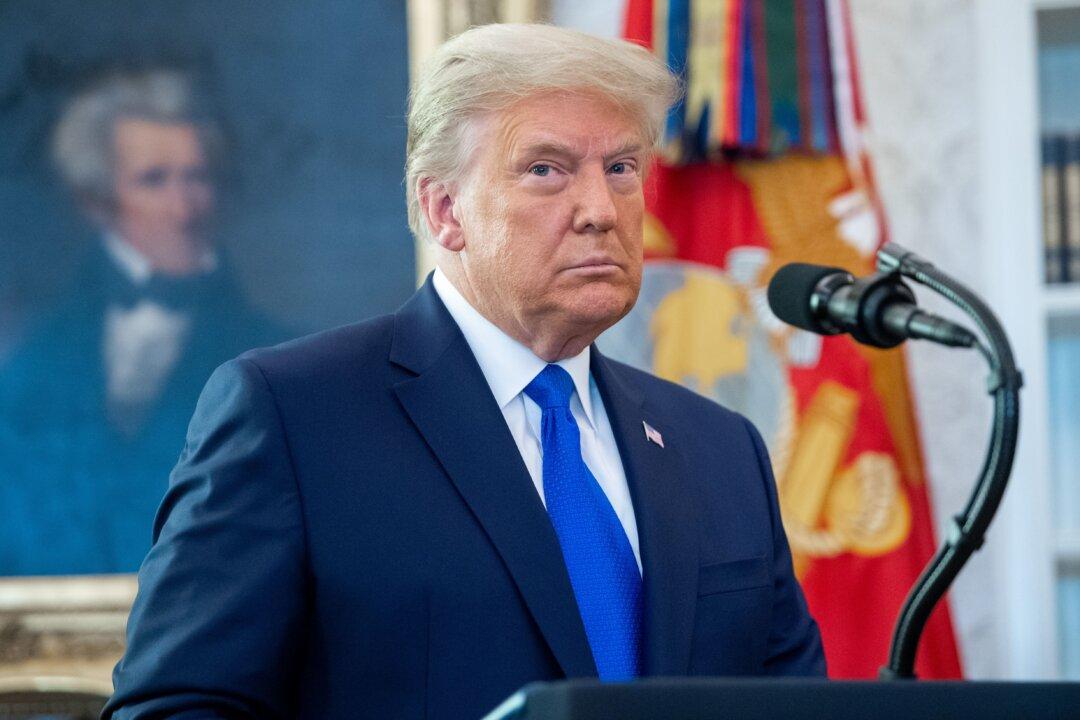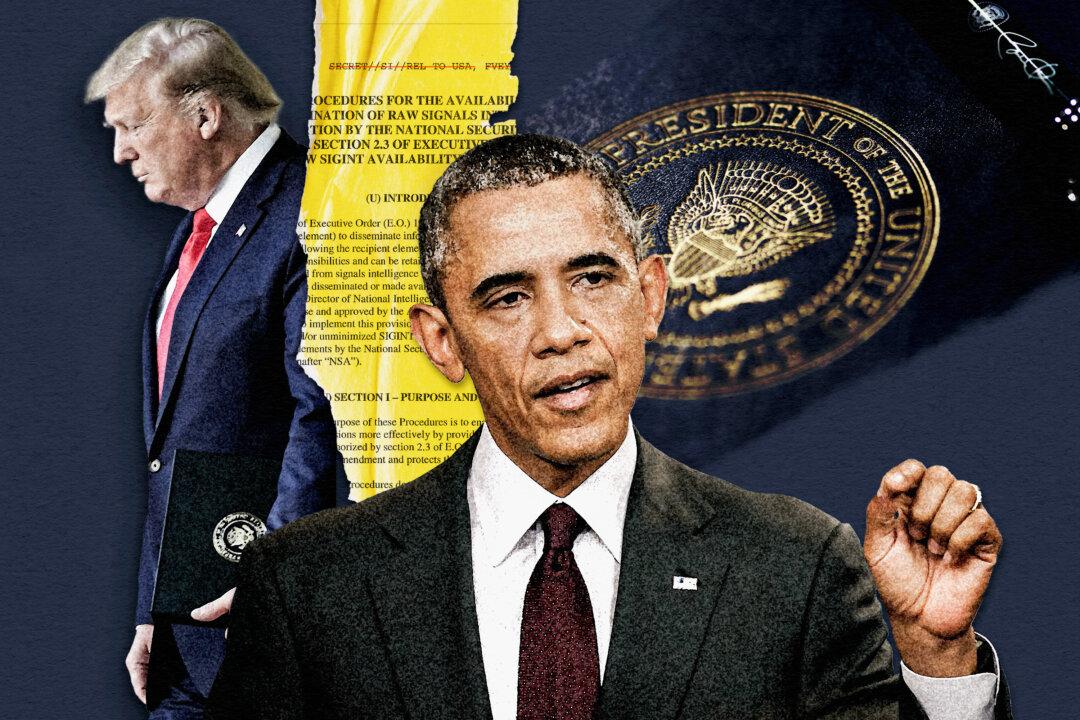David Kramer, a longtime associate of the late Sen. John McCain (R-Ariz.), revealed in an unsealed deposition that he had contact with at least 14 members of the media regarding the Steele dossier—a collection of 17 memos containing unverified allegations against Donald Trump.
Additionally, Kramer gave a full copy of the unverified dossier to then-Senior Director for Russian Affairs at the National Security Council Celeste Wallander, Rep. Adam Kinzinger (R-Ill.), and then-House Speaker Paul Ryan’s chief of staff, Jonathan Burks. Kramer also provided a briefing in early December 2016 on the dossier to both Wallander and Victoria Nuland, then the assistant secretary of state for Europe and Eurasian Affairs.





